Unpublished
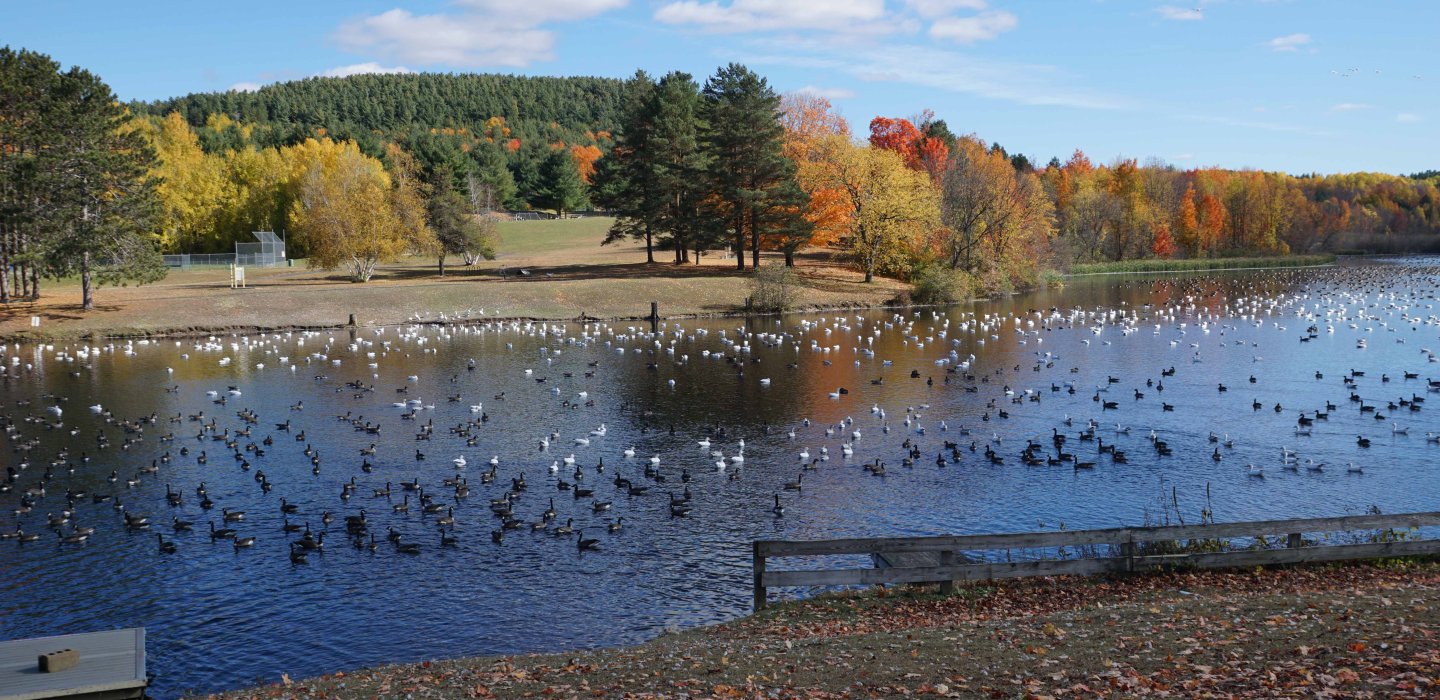
Lots of Geese!
Friends of mine were recently heading to the Malone Rec Park to see the geese which have been accumulating there of late, and I was happy to have the chance to jump in with them. We arrived at the Rec Park to find a large flock of geese - mostly Canada Geese, but there have been growing numbers of Snow Geese on the pond at the center of the park as well. This is the time of year when the geese arrive and stay for several weeks as they migrate south.
We set to work perusing the flock, sifting through them for less common species which are often hidden within the honking ranks. In this manner, I quickly found a Cackling Goose in the sea of Canadas, and then after scoping through them for a while longer, I found two more. The latter two individuals were together, and we watched the relatively diminutive geese move through the flock of Canadas, disappearing right in front of us into the flock, only to be re-found again after some effort.
We moved toward the outlet of the pond to view the water from a different angle, and we found first one and then two Ross's Geese tucked in with the Snow Geese which painted the surface of the pond white. Like Cackling is to Canada, Ross's Geese are like a smaller version of Snow Geese, and we all took our time in the soft sun to look at their smaller bodies, shorter necks, more rounded head, and short, stubbier bill which lacked the "grinning patch" showed by the bills on the Snow Geese.
We remained at the park for a while longer - hoping to turn up another odd species of goose such as a Greater White-fronted Goose or even something rarer yet - after all in 2017 a Pink-footed Goose hung out at the Rec Park for several days. Despite our efforts, we found no more unusual geese, but we did turn up a few ducks - Ring-necked Ducks, Common and Hooded Mergansers, and Wood Ducks.
Shorebirds and Field Birds
Having scoped the entire pond well - and our eyes tired from doing so - we headed up the road to see what else we could find. We wound around some of field-lined roads to the west of Malone, and eventually went north to Mary Riley Road where a fellow birder had found a couple species of shorebirds earlier in the week on the small farm ponds along the road - we are getting late in the season for shorebirds so any species of shorebird is nice to see..jpg)
We started at these farm ponds and found our first Green-winged Teal of the day which was associating with some Mallards. We also spotted two Lesser Yellowlegs which lifted off and landed in a field (where we also spotted three Eastern Meadowlarks). They then flew off a short distance further along the road so we decided to see if they had landed at one of the other farm ponds.
They had - and they were joined there by a few Killdeer and a lone Long-billed Dowitcher - one of the odd shorebirds which had been reported earlier that week. Dowitchers are hard to come by in the North Country, so we were happy with this find, and after watching the small shorebird contingent for a while, we continued down the road.
We stopped at a few more places along Mary Riley and Burns Holden Roads, (Mary Riley Road runs directly into Burns Holden Road) including a small marsh where we found a Marsh Wren, Ruby-crowned Kinglet, and a Rusty Blackbird mixed with a small contingent of Red-winged Blackbirds. From there we drove from Fort Covington west on Drum Street Road, finding a few pockets of fall sparrows like White-throated, Song, Swamp, Chipping, and Dark-eyed Junco. It is a good time of year to pick through such sparrow groups for something less common.
Flooded Fields and Marshes
Our final stop - Chapman Road, which turns north from Drum Street Road and takes birders to the Quebec border - also held a few sparrows, but we were more interested in the flooded field along the road which provided foraging opportunities for two Greater and two Lesser Yellowlegs as well as about 30 Green-winged Teal which wheeled overhead in the afternoon light. The marsh along Chapman Road was also the chosen hunting ground for at least two Northern Harriers, and we also spotted a few Wood Ducks flying low over the cattails as well as another Rusty Blackbird or two - all nice fall birds.
With that we left for home, noting that we will need to come back to these birding sites soon - the flooded fields, ponds, and marsh should attract a variety of species moving south through migration, and goose numbers are only just building at the Rec Park in Malone. It all points to a productive and exciting time of year to explore the area - when you never can be certain what you might find.
Fall offers excellent birding throughout the St. Lawrence Valley and the region surrounding Malone. Plan your outdoor adventure today by visiting our lodging and dining pages.

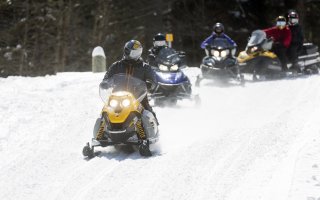
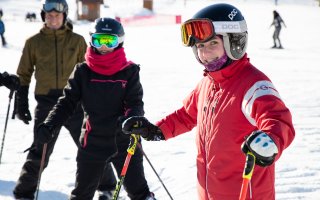
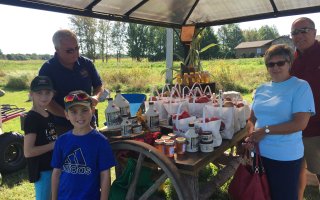
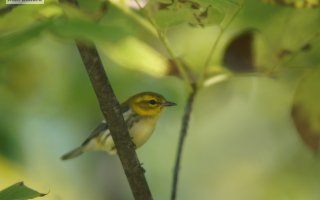
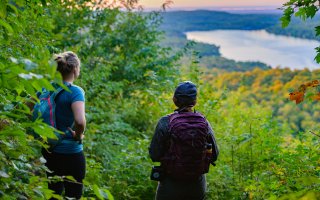
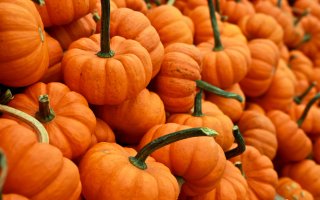
Comments
Add new comment